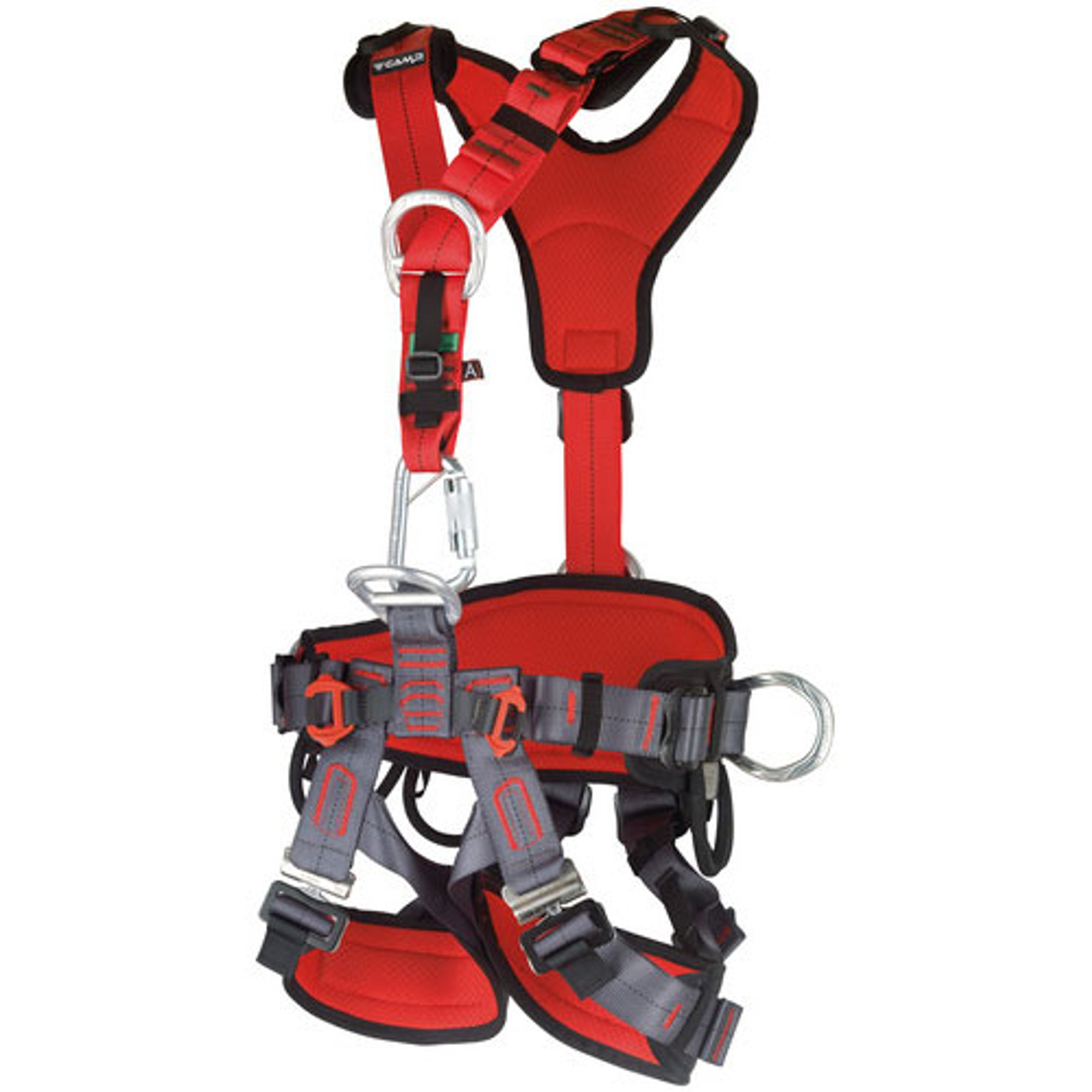Safety harness and lanyard uses part 2
4. Aerospace and Aviation
Safety harnesses are also used in the aerospace and aviation industries, especially during maintenance and repair of aircraft. Workers are often required to work at significant heights while inside the aircraft, on wings, or around engines. Safety lanyards, often with a shock-absorbing feature, ensure that workers are safely tethered to the aircraft structure, reducing the risk of falls and injuries while working in complex, high-altitude settings.
5. Entertainment and Film Production
In the entertainment industry, workers involved in rigging, stage construction, or setting up lighting systems in theaters and arenas often work at significant heights. Safety harnesses and safety lanyards are used to secure workers during these tasks, preventing falls and accidents. Given the complex nature of entertainment venues and the need to work from elevated positions to set up stages or film sets, these safety devices are integral to protecting technicians, riggers, and performers.
6. Climbing and Adventure Sports
In the world of sports and recreation, safety harnesses and lanyards are commonly used by rock climbers, mountaineers, and zipline operators. These devices ensure that climbers are safely tethered to ropes or anchors while scaling heights. The use of a safety lanyard with shock absorption becomes particularly important in the event of a fall, as it minimizes the force of the stop, reducing the risk of injury.
7. Roofing and Painting
Workers in the roofing and painting industries are often required to work on steep or sloped surfaces. The potential for a fall is high, especially when workers are dealing with unstable footing or poor weather conditions. Safety harnesses, in combination with lanyards, prevent falls while giving workers enough flexibility to move. The harness system ensures that even if a fall occurs, the worker is safely suspended and can be retrieved or assisted quickly.
Conclusion
Safety harnesses and safety lanyards are versatile tools used across numerous industries where work at height is required. Their primary function is to reduce the risk of falls and injuries by securing workers to stable anchor points and by cushioning the impact of a fall. Whether in construction, industrial work, energy, aerospace, entertainment, or climbing, these safety devices are crucial for maintaining a secure working environment and ensuring the well-being of workers in potentially dangerous situations.






